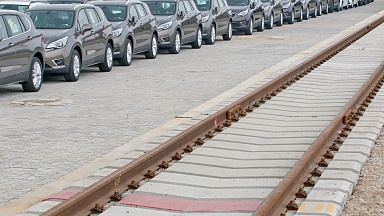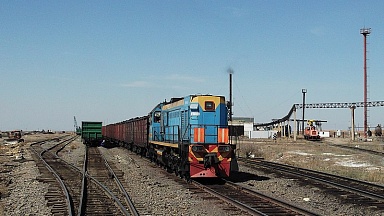The rail transport has a number of advantages over other modes of transport, including environmental ones. According to ERAI, at the end of H1 2021 the amount of direct CO2 emissions from transportation of containers on the China-Europe-China railway route was 22.5 KT. However, direct emissions from the maritime, road and air transport of TEU in the same amount would be 107.3 KT, 1,999.7 KT and 11,862.3 KT, respectively.
Transportation of goods by rail considered to be a stable and reliable method of delivery ensuring the supply chain predictability has an advantage over the maritime and air transport in terms of speed, safety, efficiency and, to a large extent, environmental friendliness. It is only for environmental issues, and climate neutrality in particular, more and more companies are integrating ESG factors into their strategies. By contributing to the reduction in greenhouse gas emissions as well as to safety and corporate sustainability, rail transport becomes an important issue in the ESG agenda.
COVID-19 and related restrictions have resulted in many obstacles to doing business as a going concern, but several factors of the same have demonstrated benefits of the rail transport. Against a backdrop of structural imbalances in air and maritime transport, the stability of railway service and additional price advantages have led consignors to switch to rail transport, especially in the Eurasian rail transit corridor. According to ERAI in April 2020, freight volumes were doubled for the first time on the China-EU-China route with a monthly volume of 41,200 TEU. In 2020, the volume of traffic on the Eurasian route amounted to 546,900 TEU, an increase of 64% compared to 2019. Of these, 198,800 TEU (+45%) were transported to China and 348,100 TEU (+77%) to the EU
The pandemic has thus contributed to the expansion of Eurasian transit containerised rail transportation, but maintenance of achieved positions and further expansion of the rail industry is directly related to the rail transport integration in strategic objectives to reduce and/or eliminate ESG risks and the extent to which market players are prepared for significant changes: governments, infrastructure, transportation providers and consumers.





